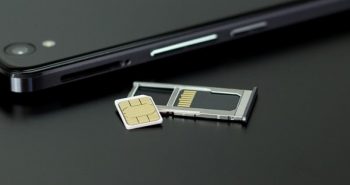Why hasn’t eSIM caught up with the smartphone industry?

The first major reason for this could be the implementation cost. We have only seen niche eSIM enabled devices from established manufacturers. Devices like iPads and smartwatches are perfect test beds for gauging the success of the technology. However, mainstream products from the same manufacturers, like iPhones and Galaxy smartphones, still haven’t got it, probably hinting at a raised price tag.
The second possible reason could be resistance from network operators/carriers. They want to retain customers on their network and prevent migration by offering sweet offers to cover up unsatisfactory services. With an eSIM, all it would take for a user to switch networks is simply applying for the other network. In short, changing networks would be like switching Wi-Fi networks with passwords.
It is also possible that the technology is at a nascent stage and isn’t good enough for commercial use.
Whatever may be the reason, the eSIM deserves to be in a market like India where IT is booming at an unprecedented rate. The eSIM will also let OEMs go for slimmer devices with more space for innovative features. Carriers like Reliance Jio have shown that new technology always finds wider acceptance if it’s pro-consumer. Therefore, if OEMs and carriers come together in the Indian smartphone arena to adapt this technology to the way 4G LTE network was adapted, it will aid for better choices for consumers.



Leave a Reply